In the early decades of the 20th century, Van Cortlandt Park in the northwestern Bronx served as a vast, rustic playground for the people of New York City. At over a thousand acres, it was a space defined by its sprawling woodlands, a large freshwater lake, and a growing collection of public athletic facilities that were revolutionary for their time. The park offered a distinctly different experience from the more manicured landscapes of Central Park, providing a sense of being in the true countryside.
The historical heart of the park was the Van Cortlandt House, a Georgian-style stone manor built in 1748. By the early 1900s, this pre-Revolutionary War home was no longer a private residence. It was operated as a public museum by The National Society of Colonial Dames, filled with 18th-century furniture and historical objects. The house stood as a direct link to the area’s colonial past, surrounded by the vast park that had once been the Van Cortlandt family’s plantation.
One of the park’s most important features was its golf course. The Van Cortlandt Park Golf Course, which had opened in 1895, was the first municipal public golf course in the United States. Throughout the early 1900s, it was an immensely popular and often crowded destination. It gave ordinary working-class New Yorkers access to a sport that had previously been the exclusive domain of the wealthy at private country clubs. On weekends, the course was filled with players from all walks of life.
Read more
The park’s other major recreational hub was Van Cortlandt Lake, the largest freshwater lake in the borough. The lake was created by damming Tibbetts Brook, which flowed through the park. In the summer, the lake was used for boating and canoeing, with a dedicated boathouse renting out vessels to the public. In the winter, the lake transformed into the city’s premier spot for ice skating. When the ice was thick enough, thousands of people would flock to the park, spending the day gliding across the huge frozen surface. Warming huts were set up on the shore to provide skaters with a respite from the cold.
Beyond golf and skating, the park’s expansive Parade Ground was adapted for other sports. This large, flat area became home to some of the first public cricket pitches in the city. These fields were heavily used by the city’s growing community of West Indian immigrants, for whom cricket was a cherished sport. The park also contained miles of rustic trails for hiking through its extensive forests of oak, hickory, and maple trees.


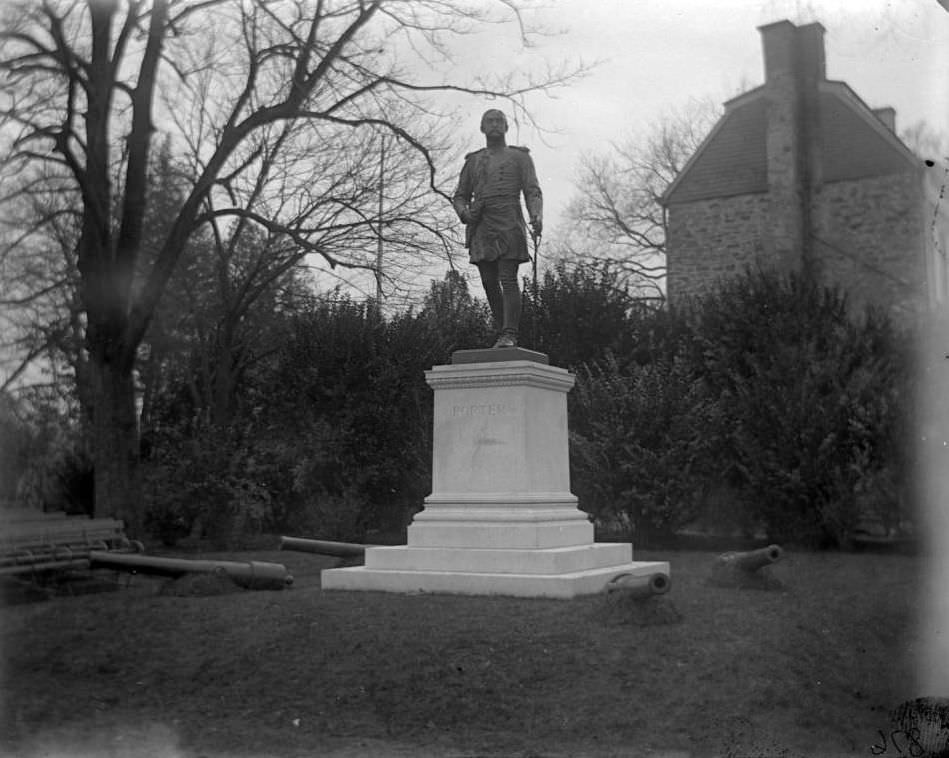
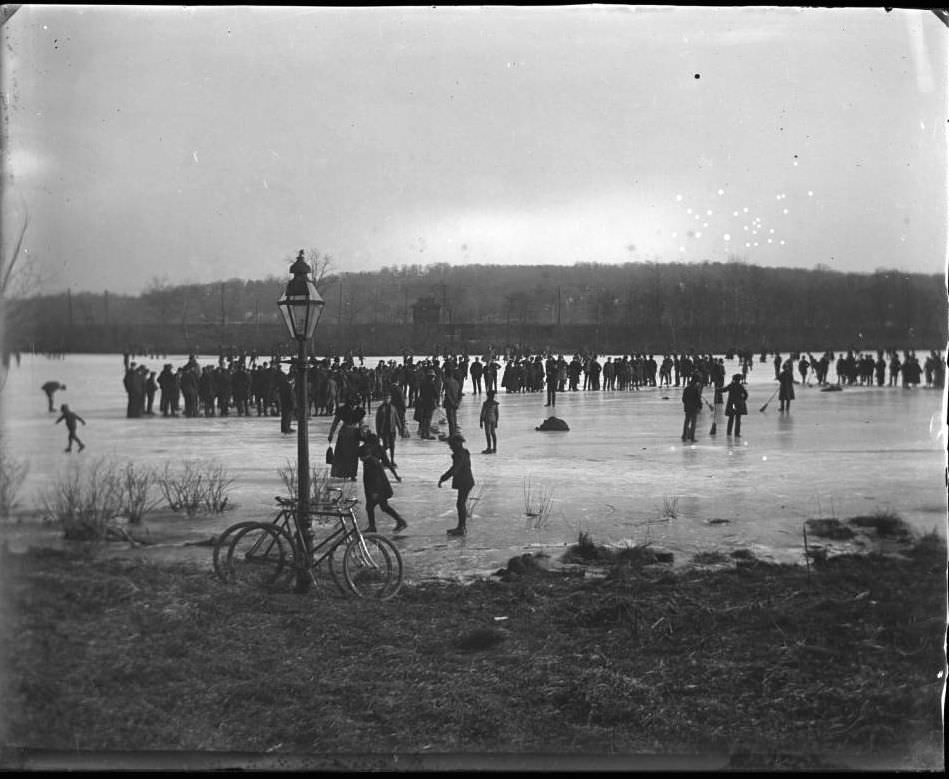
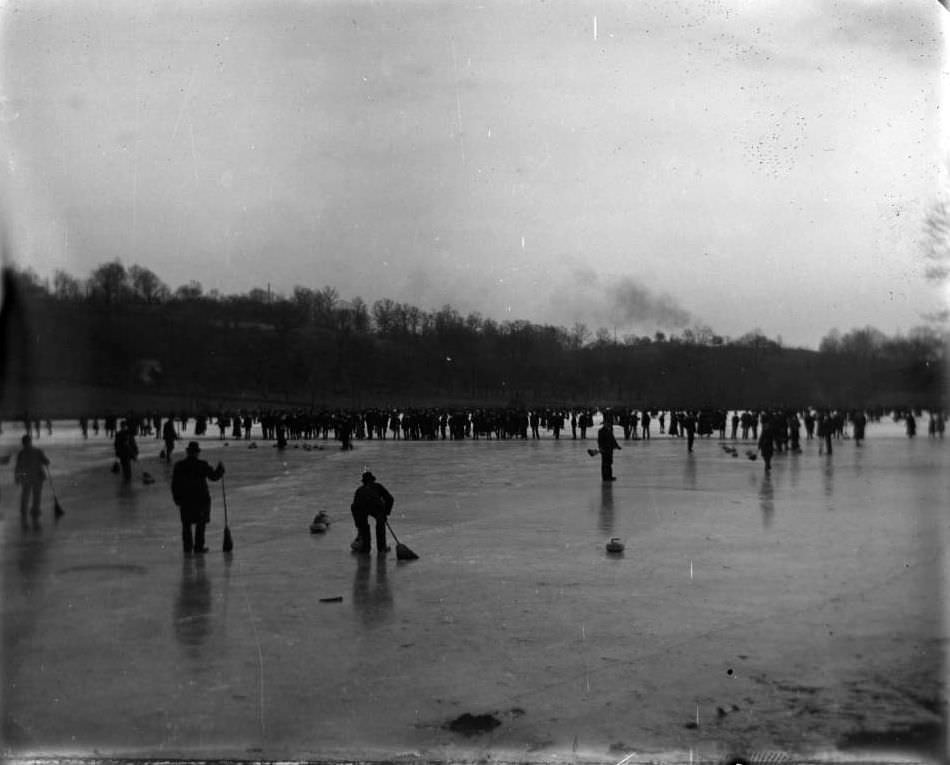
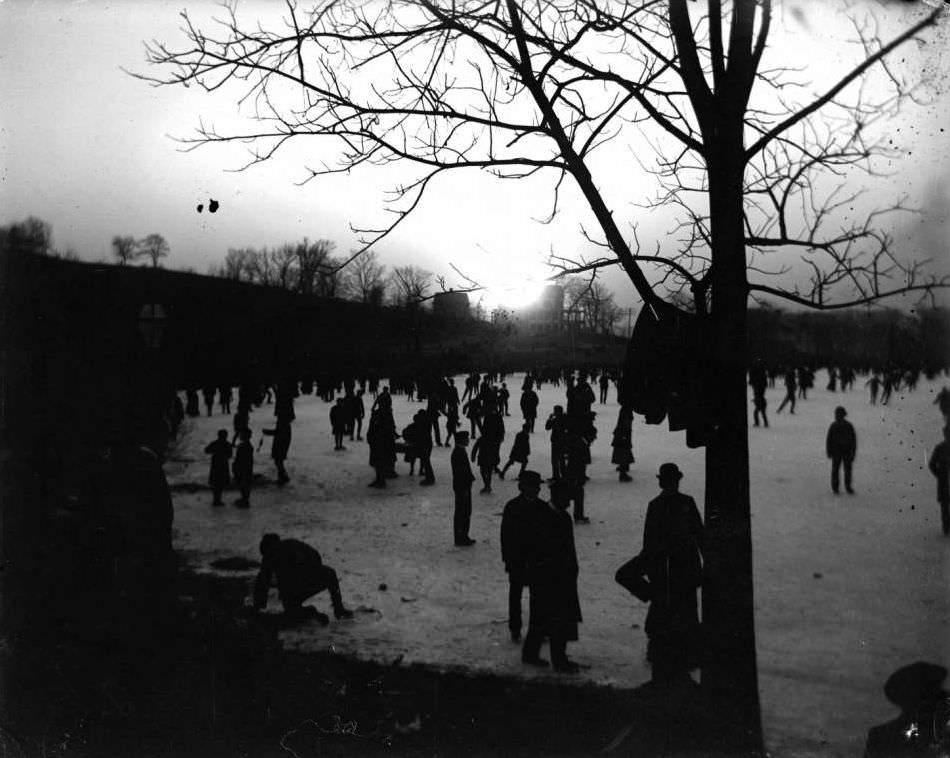
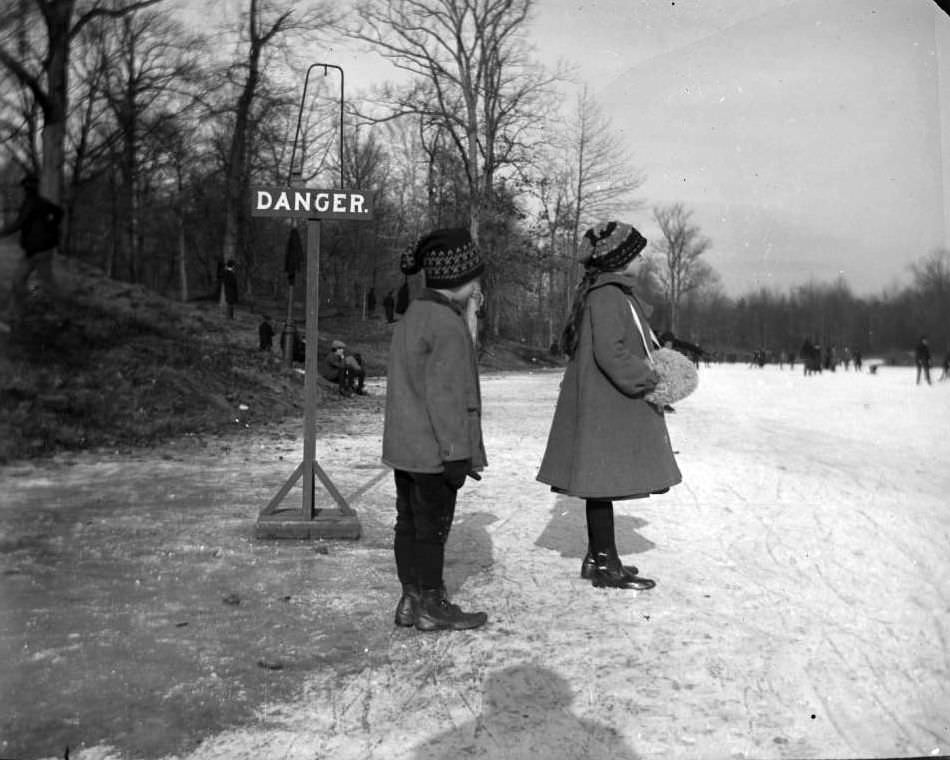
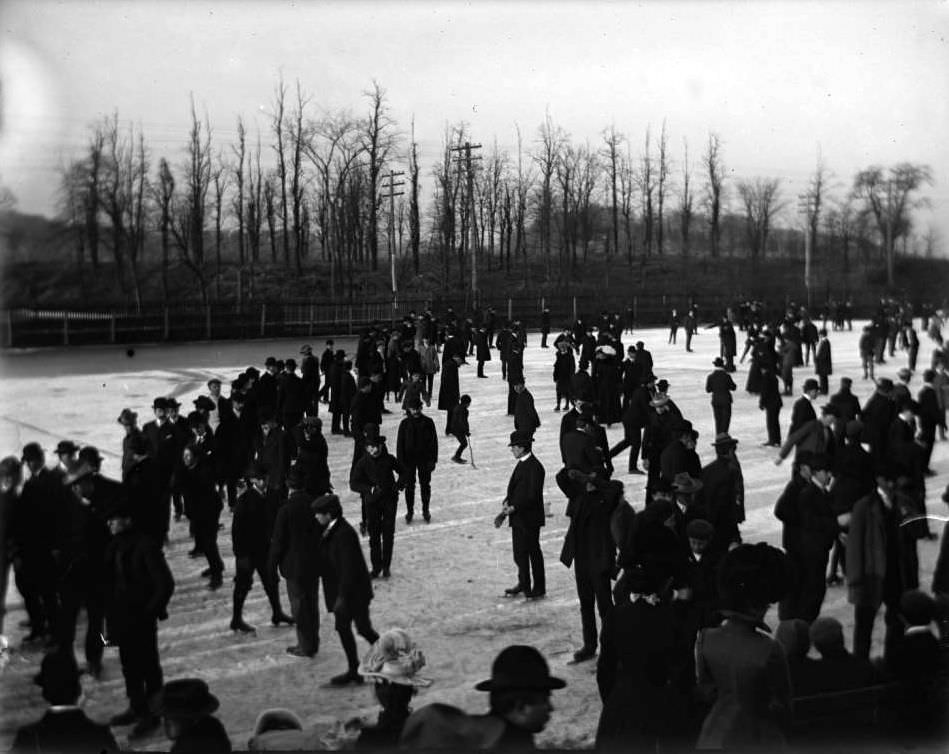
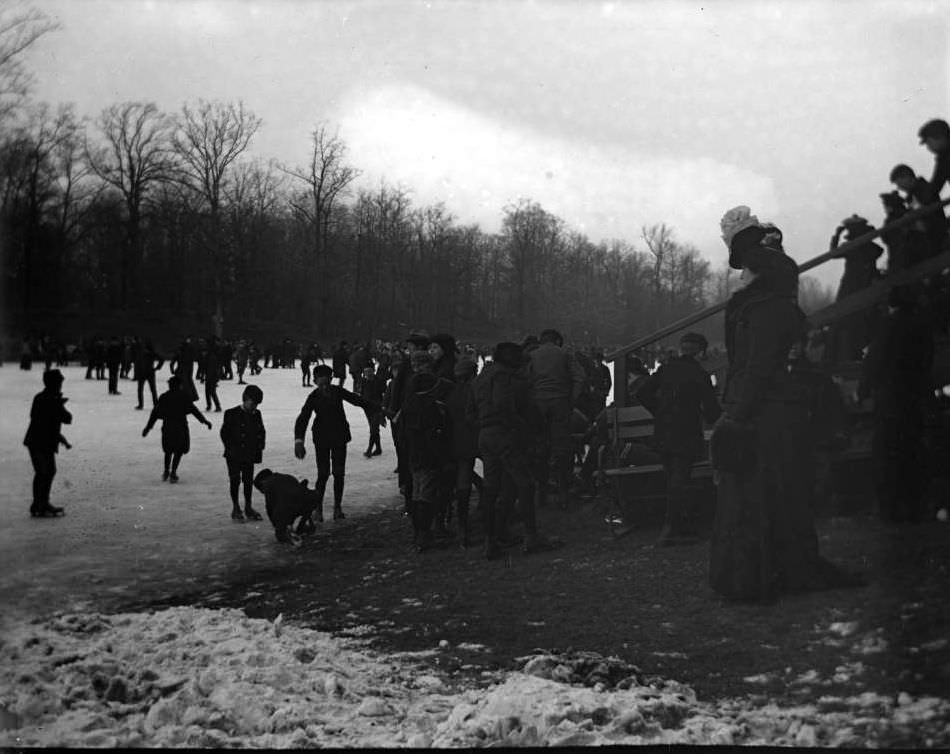
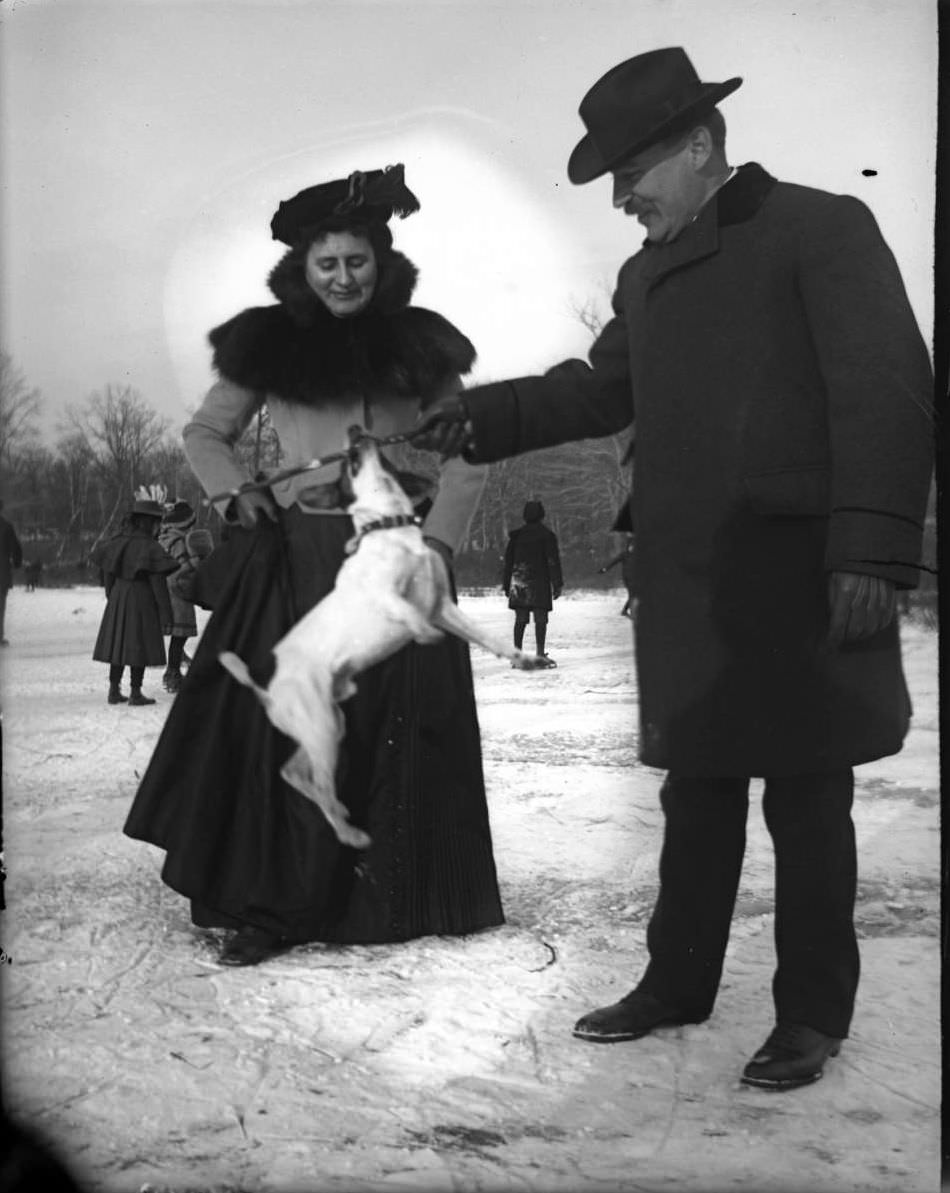
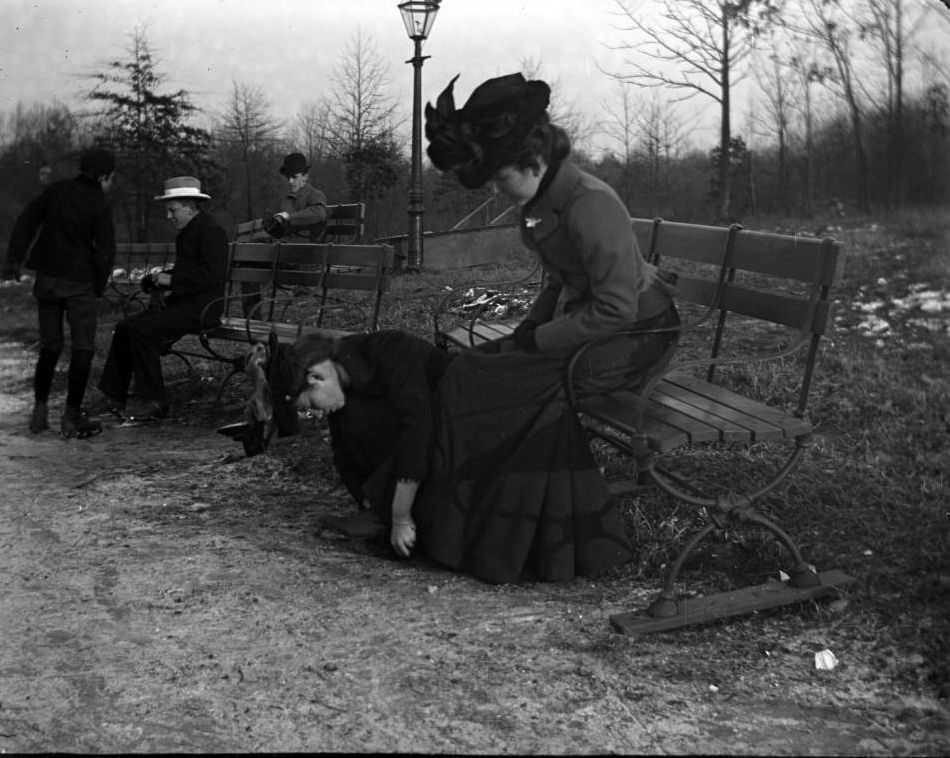
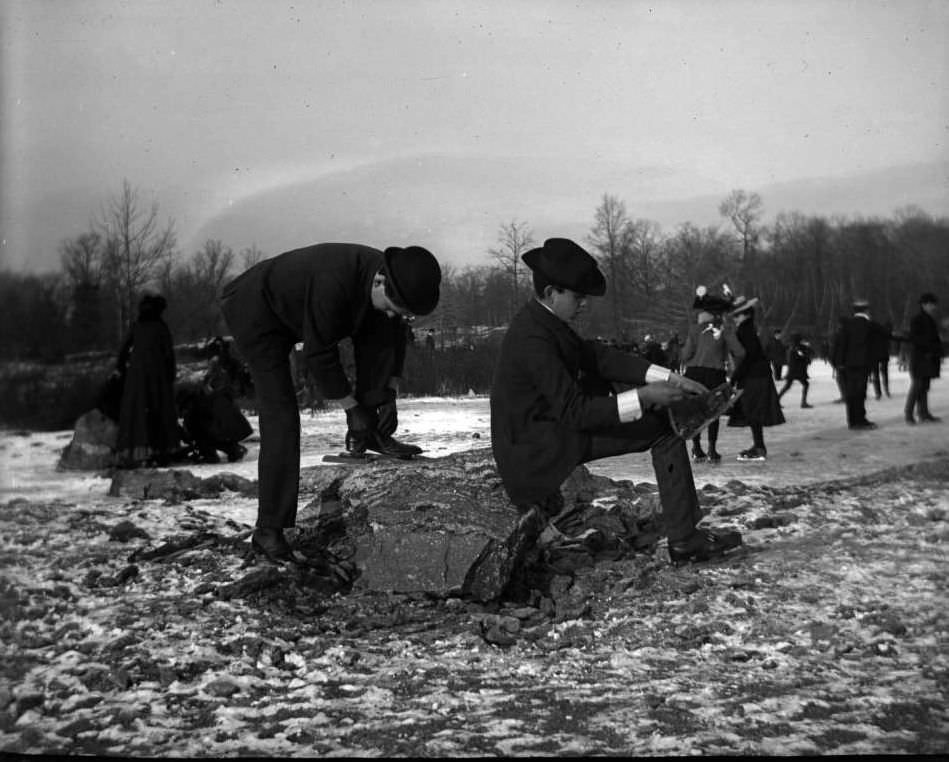
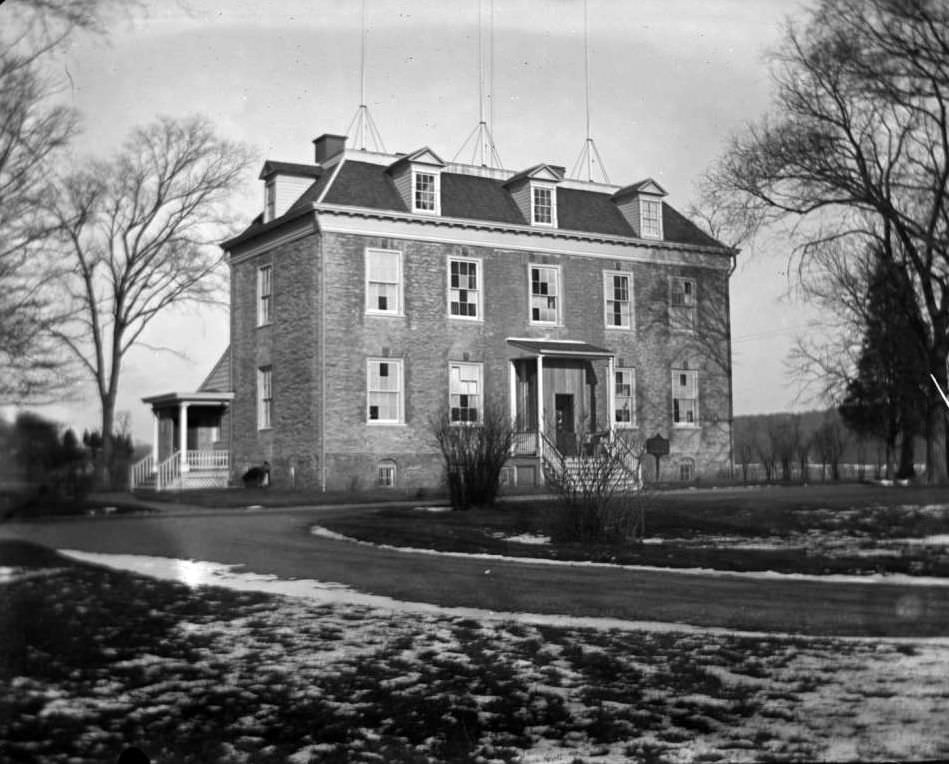
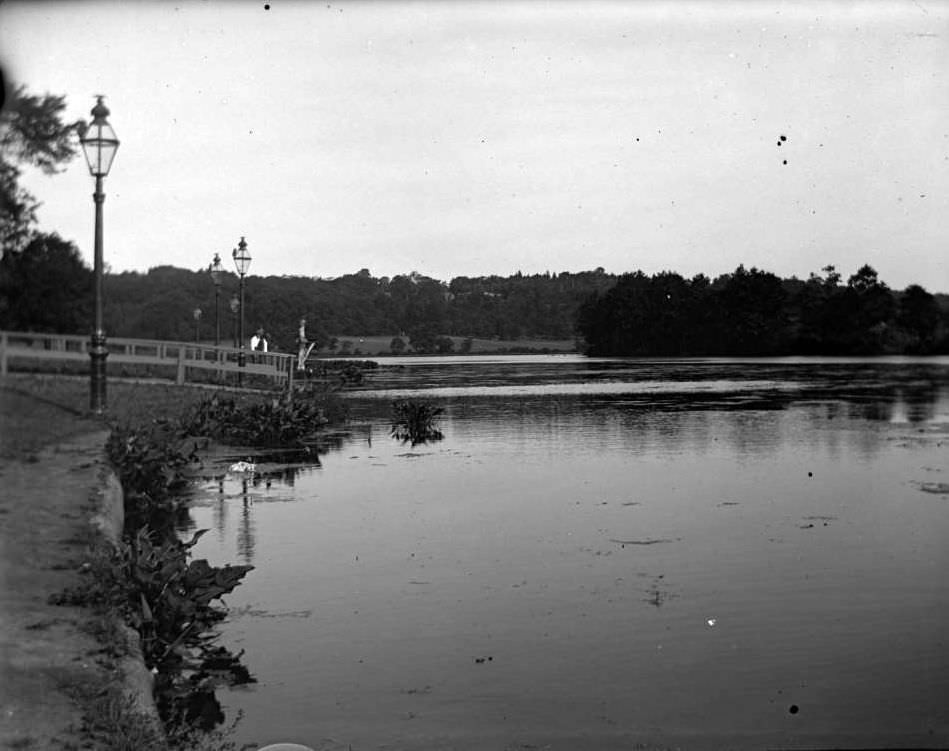
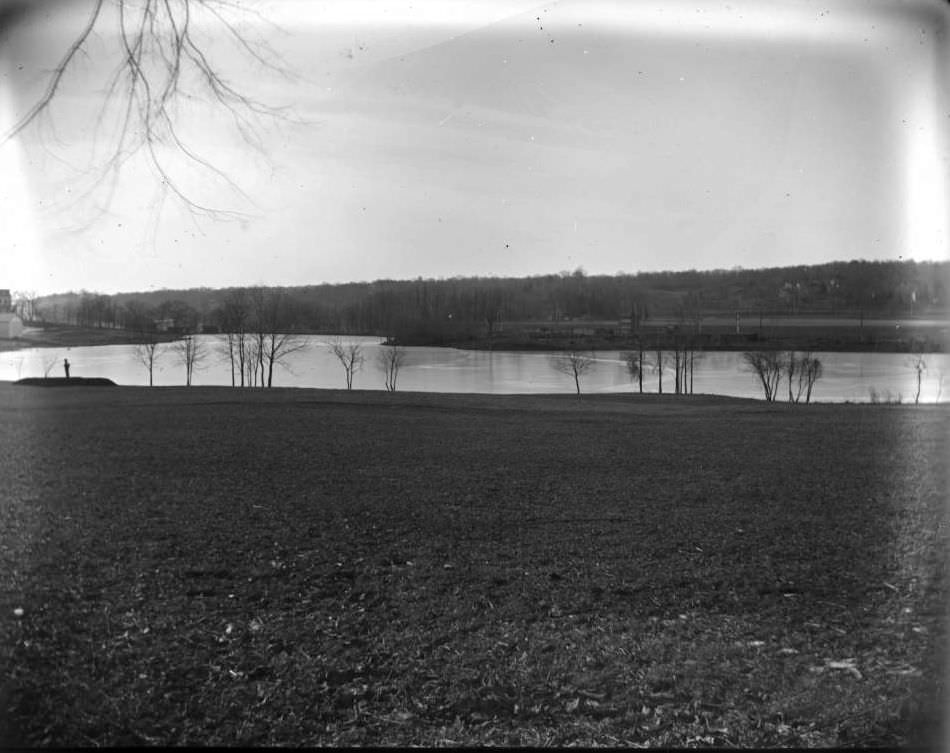
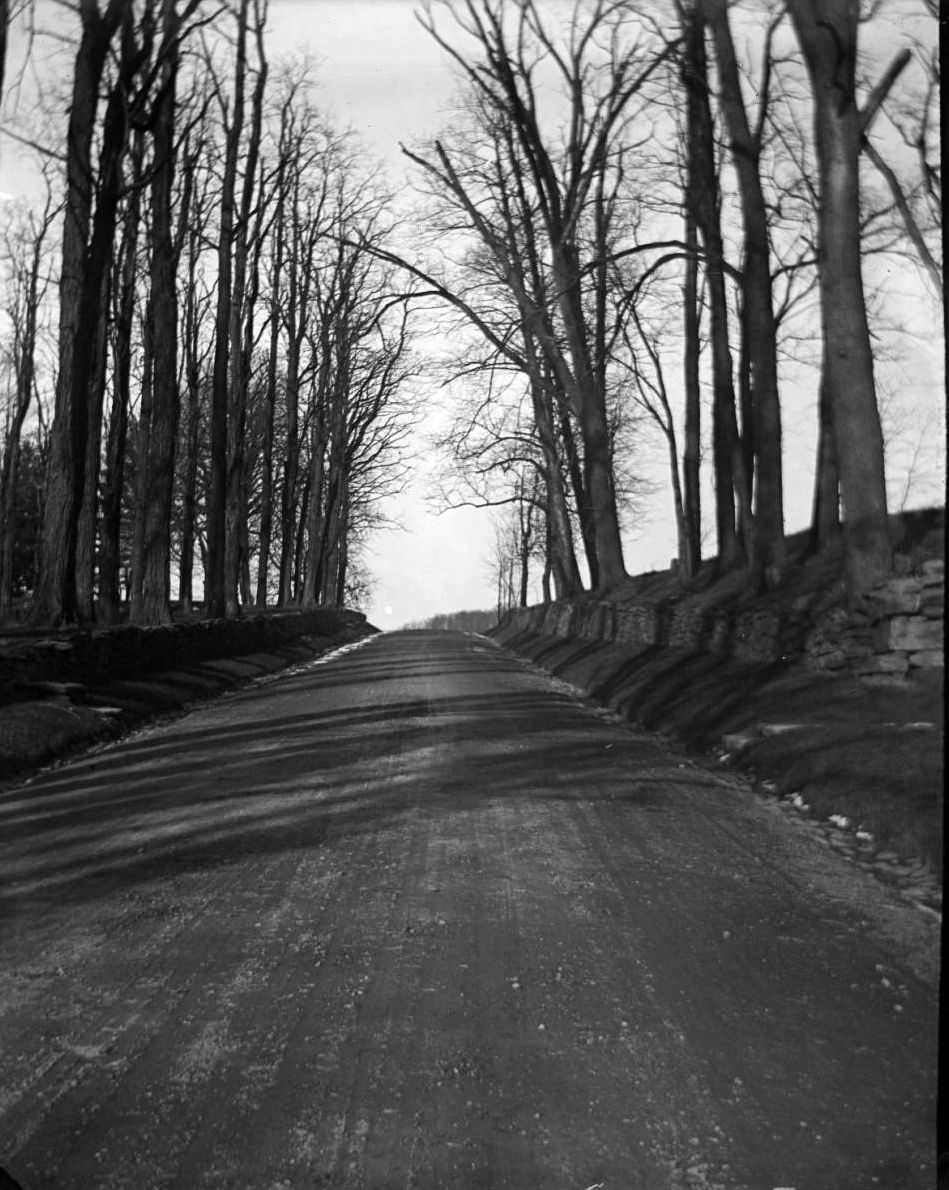
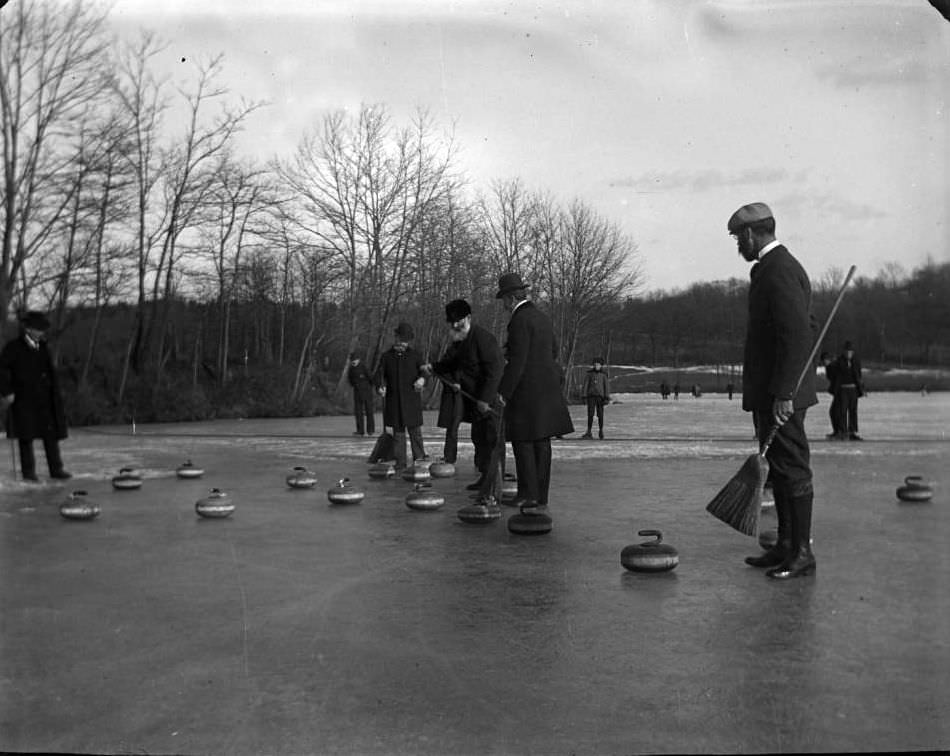

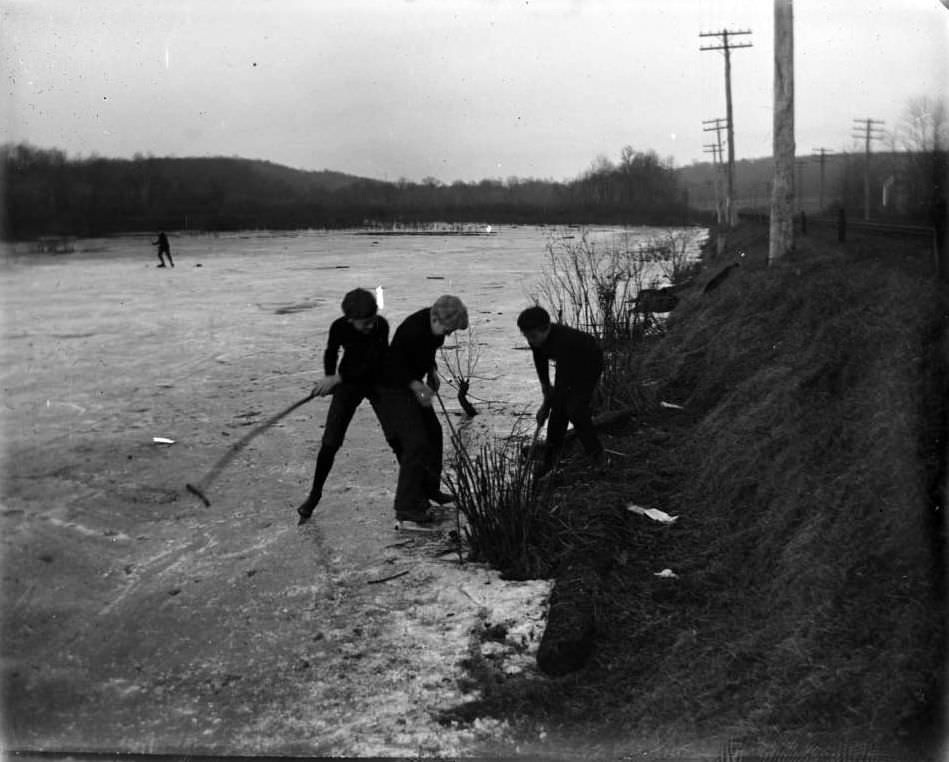

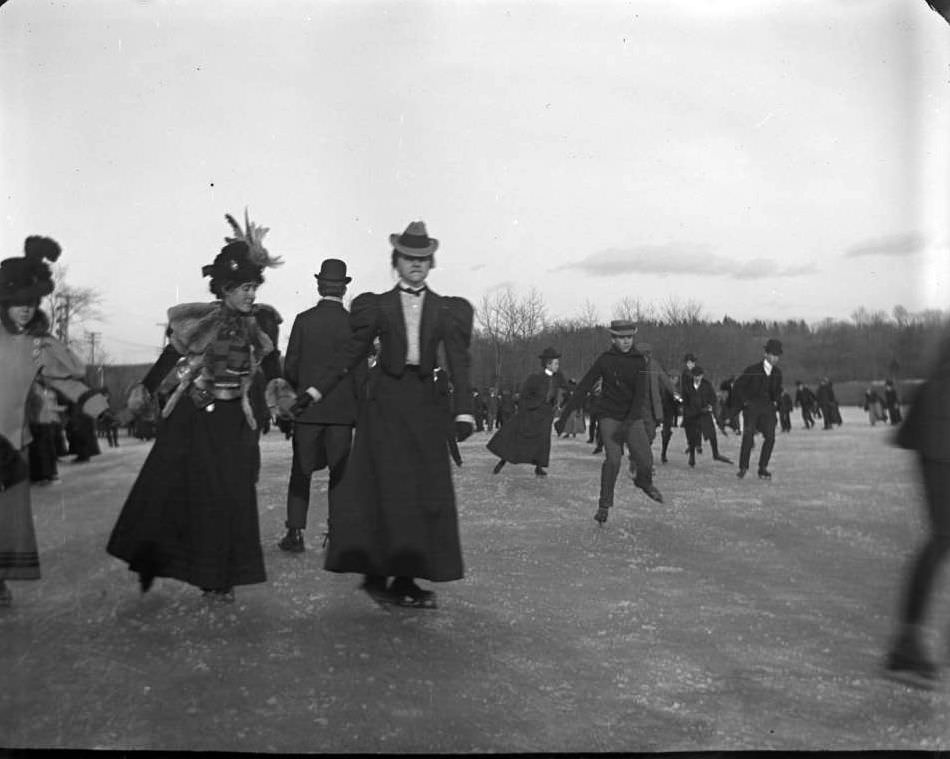
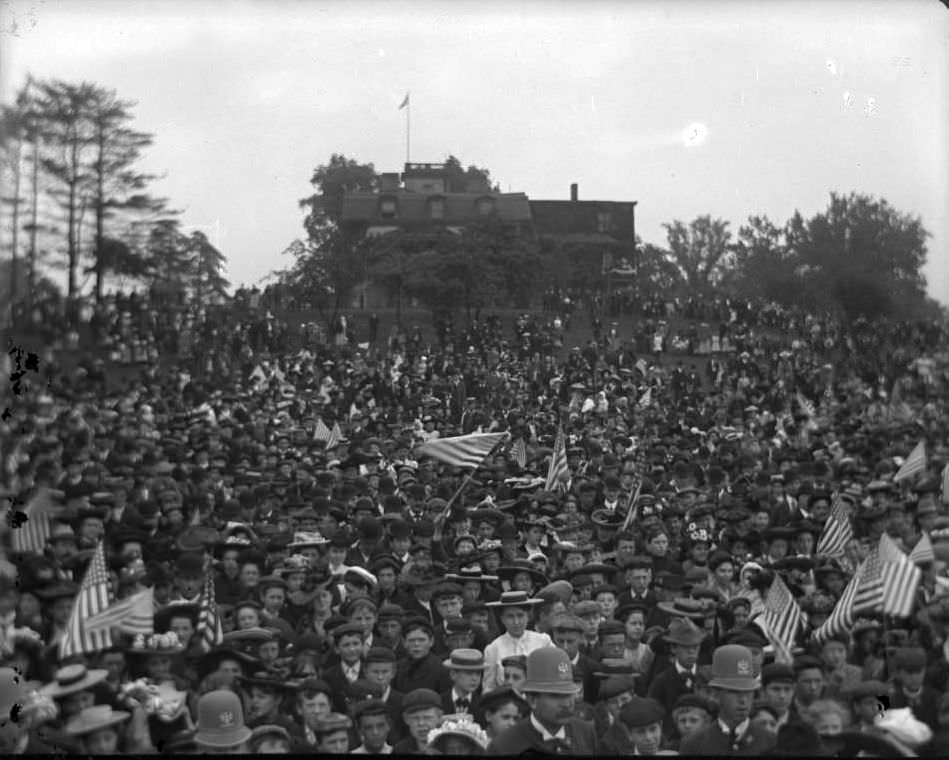
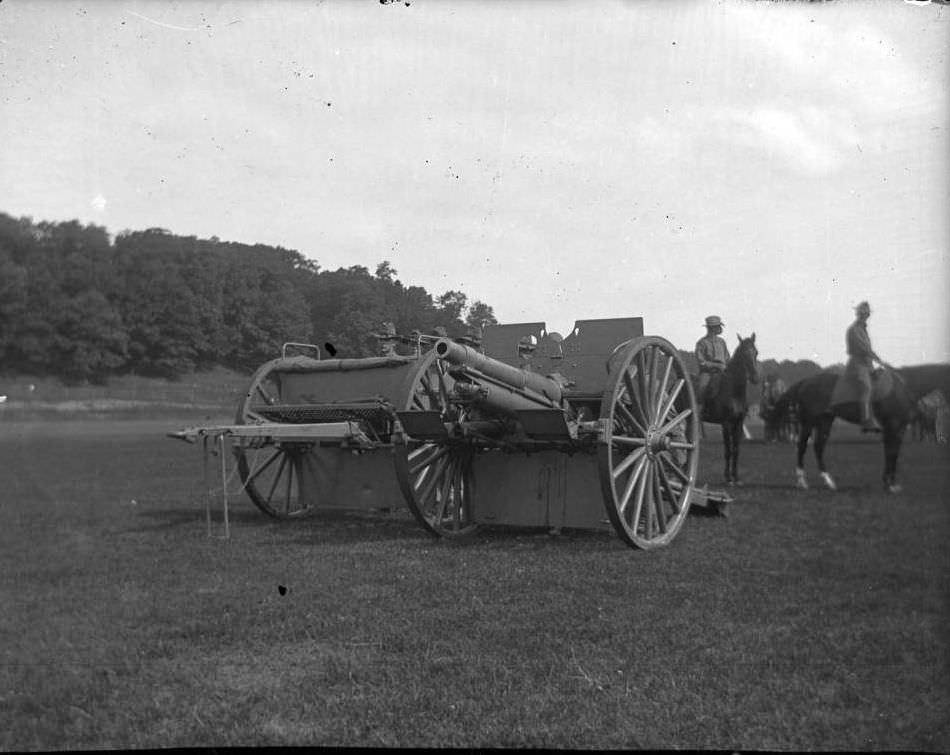
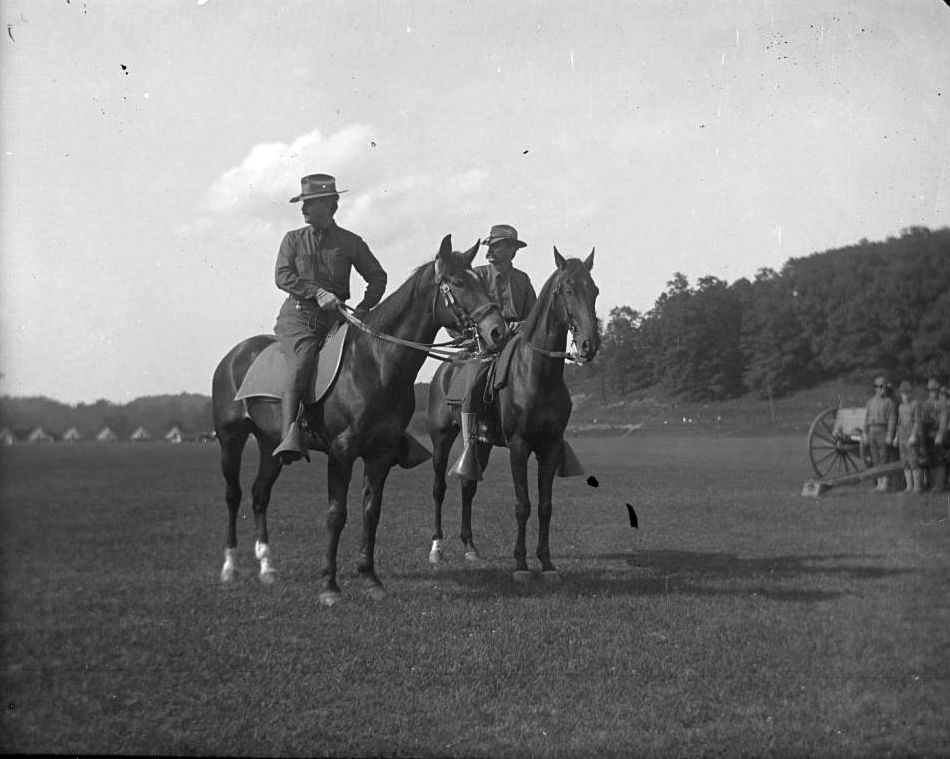
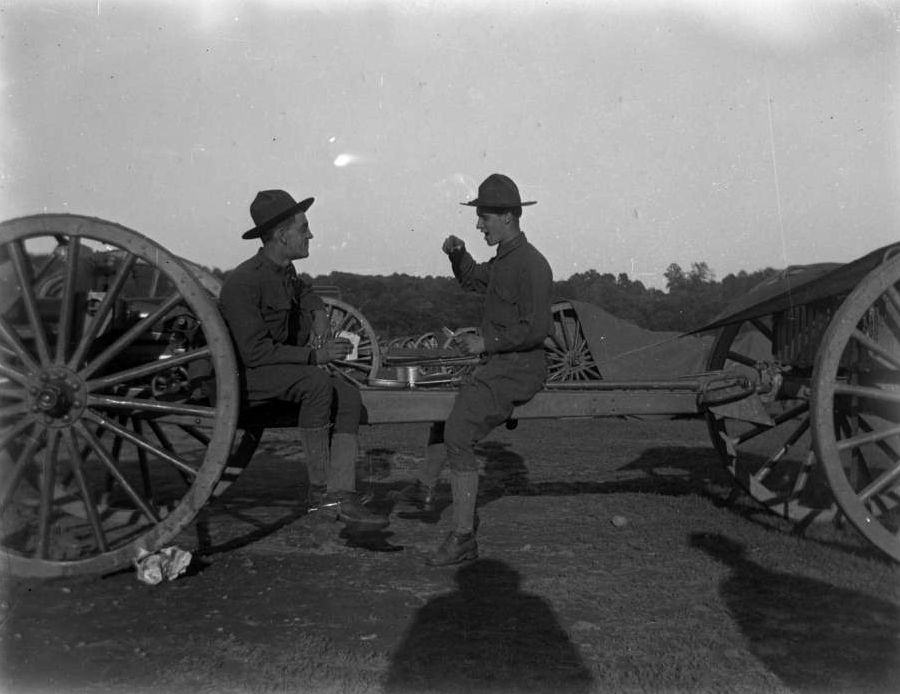
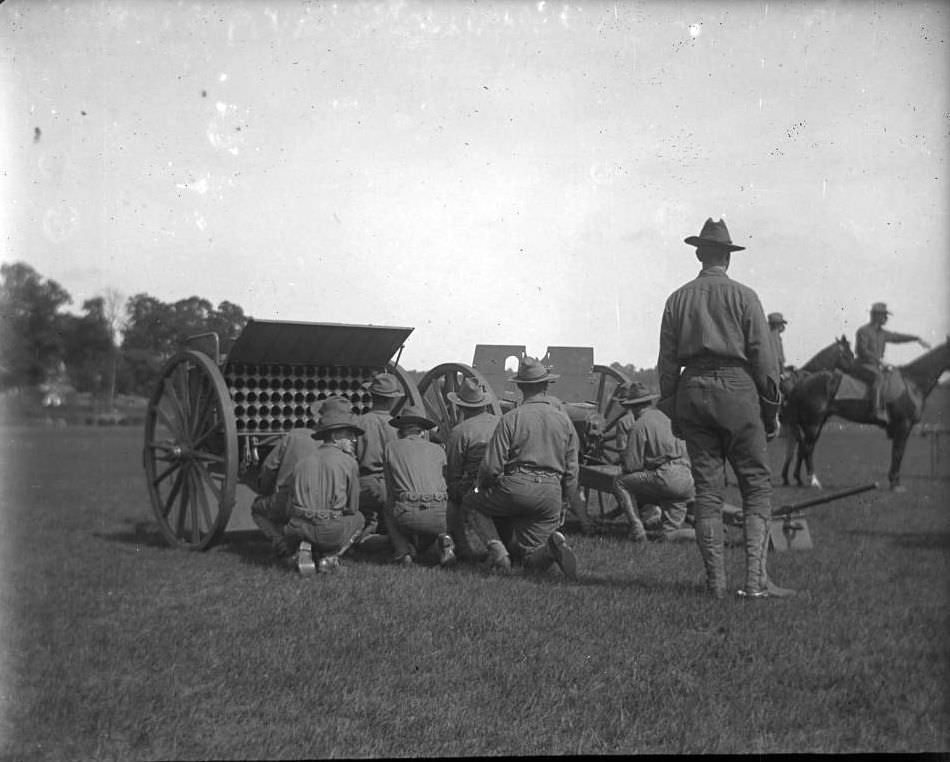
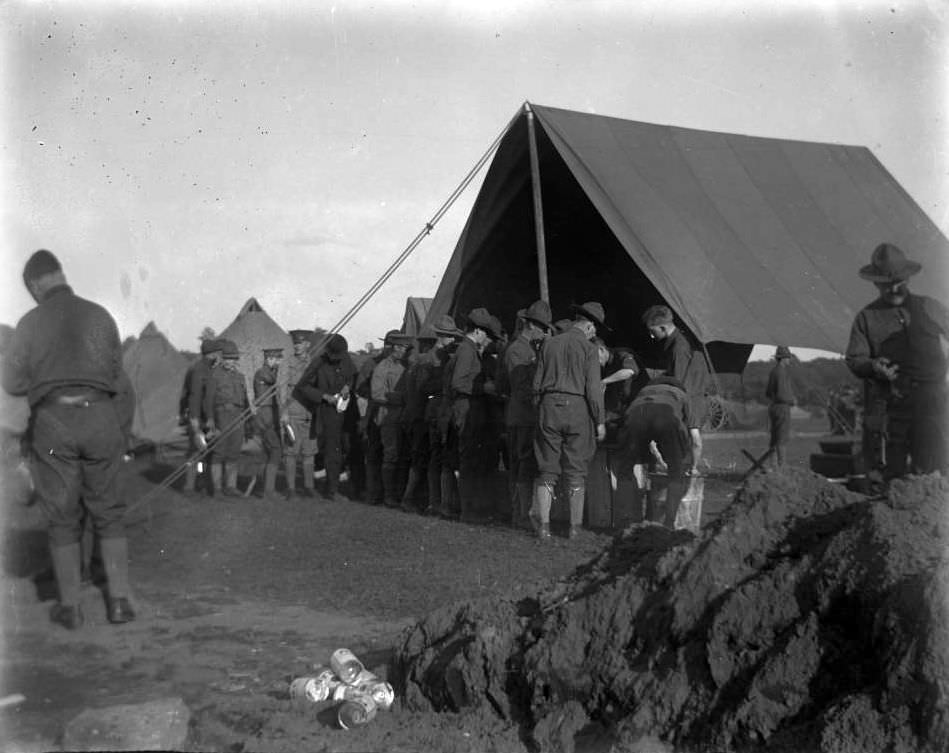

GIPHY App Key not set. Please check settings